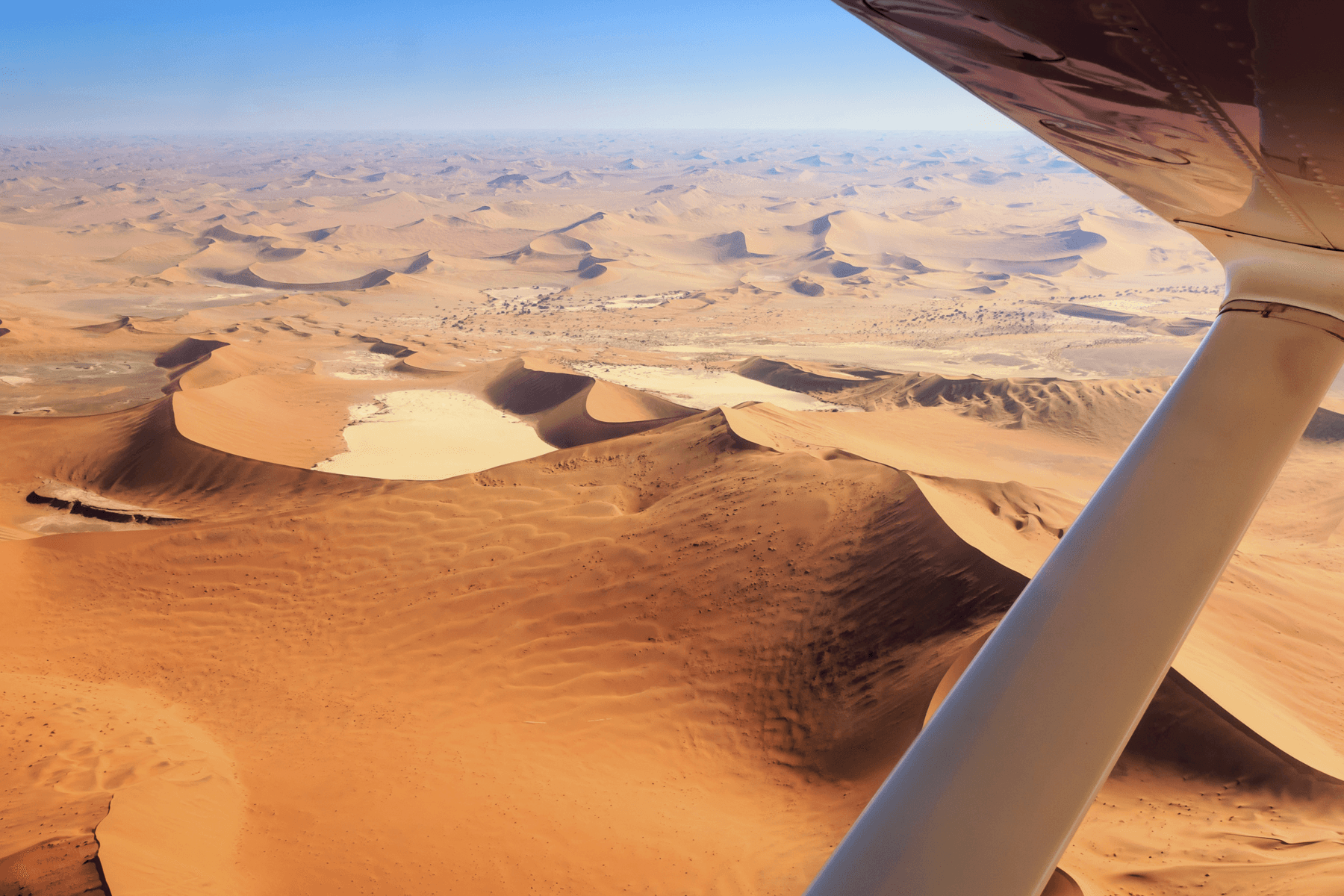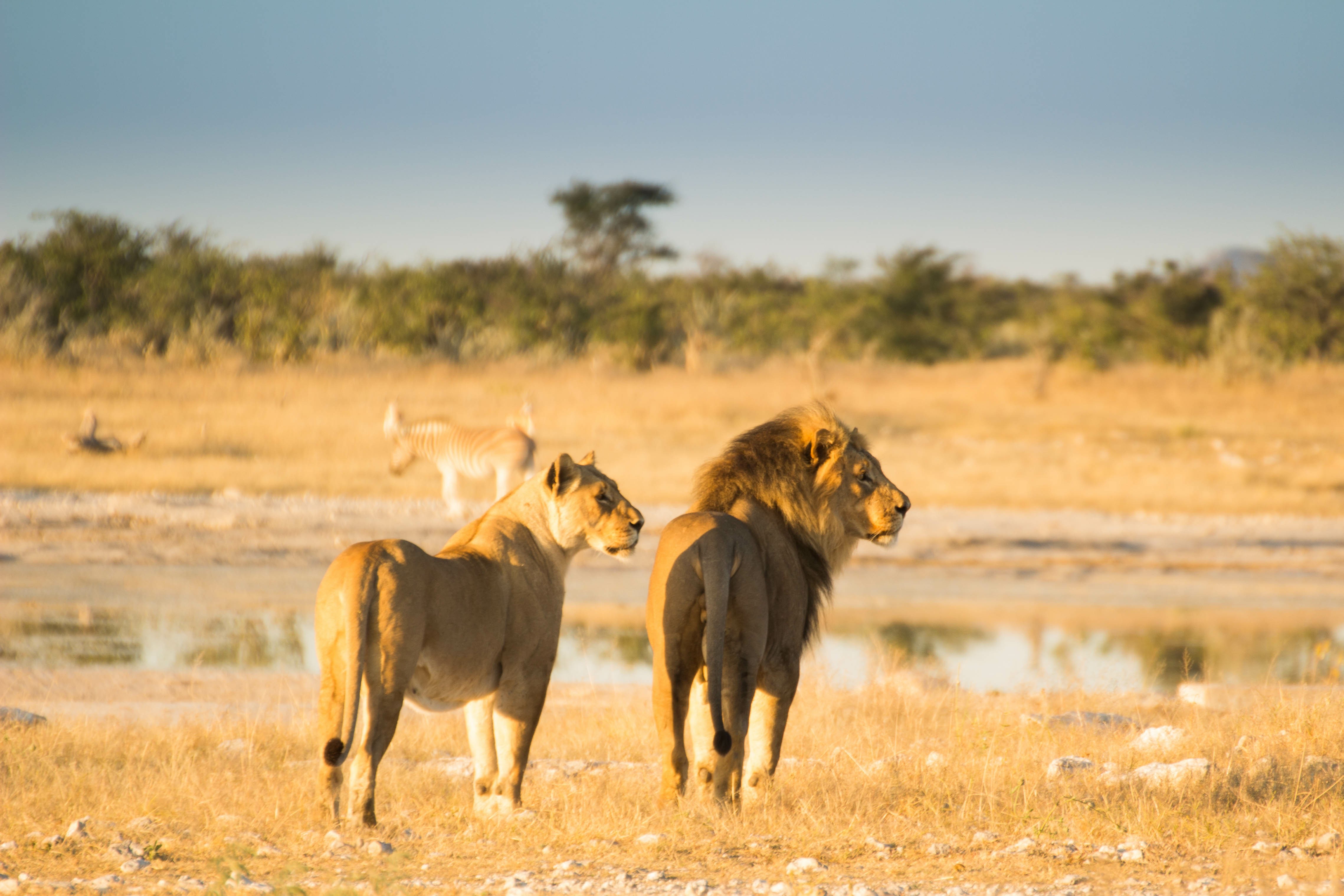Home to an abundance of extraordinary wildlife, incredible landscapes and extravagant colonial architecture, Namibia is a haven for both amateur and experienced photographers alike.
From the awe-inspiring sand dunes of the Sossuvlei to the mesmerising Skeleton coast, this enchanting nation boasts a plethora of magical locations that serve as the ideal backdrop for some spectacular snaps.
Namibia is a vast and sparsely populated country so if you’re considering a photographic safari tour then knowing when to go, and crucially where to go, can save you lots of time and money. In this handy photography and travel guide we’ll outline the must-see places to visit, and we’ll also detail some helpful tips and advice so you can maximise your photography output and capture those perfect shots!
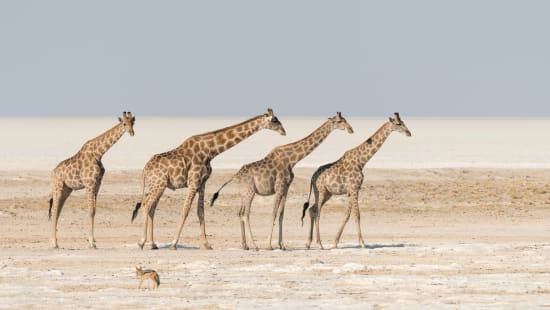
When is the best time to visit Namibia for Photography?
The best time to visit Namibia for photography is arguably in the dry season, from June-September. During these months there is plenty of brilliant sunshine and dreamy blue skies, as well as clear night skies that provide the perfect conditions for shooting.
During the dry months it’s also easier to view wildlife in the country’s national parks. From June-September vegetation is sparce and animals tend to congregate around the last remaining waterholes, so you’ll be able to snap away at scores of animals to your heart’s content.
If you’re unable to travel during the dry season then the local summer (between December- March), can also be a great time to visit for photography enthusiasts. Temperatures and humidity at this time of year are higher than in other months, often inducing rain and even thunderstorms as a result. However, the rain can make the landscapes and countryside appear even more scenic and you’ll also be able to incorporate some dramatic clouds into your photos.
The Best Places to Visit for Photography in Namibia
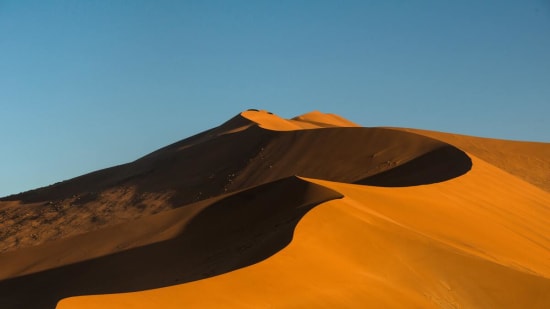
Namib-Naukluft National Park
Stretching across huge swathes of Namibia’s southern coast you’ll find the iconic Namib-Naukluft National Park, an area that encompasses some of the world’s largest sand dunes and even the planet’s oldest desert: The Namib.
Sossusvlei, which is located in southern Namib, is renowned for its array of majestic red sand dunes, including the famous Dune 7. Towering at over 1,250 feet, this dune attracts thousands of photography enthusiasts each year, all eager to capture some magical snaps of this incredible sand formation. The early morning and late evening are the best time to shoot the dunes, when the low-angle sunlight illuminates the striking red and orange hues.
To access the Soussvlei dunes enter via the Sesriem gate, which is located around 40 miles from the formations. The gate at Sesriem opens at sunrise and closes at sunset.
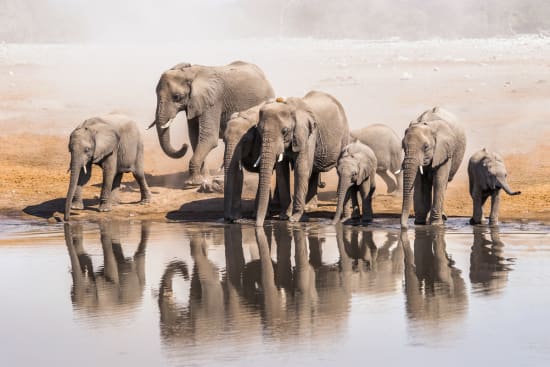
Etosha National Park
If wildlife photography is more of your penchant, then no trip to Namibia would truly be complete without visiting Etosha National Park, commonly regarded as the greatest wildlife sanctuary in the country.
Head to Etosha and you will encounter an abundance of spectacular wildlife including zebras, lions, leopards, cheetahs, springbok, giraffes and elephants- and that’s without even mentioning the 340 species of bird that our known to inhabit this breath-taking area.
The best time for photographers to visit Etosha is during the dry months, when the waterholes attract the greatest concentration of animals, particularly at sunrise and late in the day.
As one of the most accessible reserves in Southern Africa, if you’re considering booking a self-drive safari holiday it’s one of the easiest wildlife parks to drive yourself; have your equipment at the ready but keep in mind that you are not permitted to leave your vehicle at any time.

Giants Playground & Quiver Tree Forest
Located close to the Namibian town of Keetmanshoop lies one of the most intriguing photography destinations in the entire country: Quiver Tree Forest.
Here you’ll find an abundance of ‘quiver trees’, Aloe species that aren’t technically trees in the traditional sense, but they are large plants that bare a very similar resemblance. The name derives from the fact that bushman used to forge quivers from these plants for arrows.
Shooting these incredible plants against the backdrop of a sunrise or sunset makes for some amazing photos and the forest lends itself to capturing some beautiful night-time snaps. If you’re seeking star trails and dazzling moonlit skies, then Quiver Tree is the perfect place to set up your tripod.
Journey on a few miles further and you’ll also encounter Giant’s playground, a site of huge geological interest. Giants Playground is home to a vast stack of dolerite rocks so grab your camera and snap away at these historic formations.
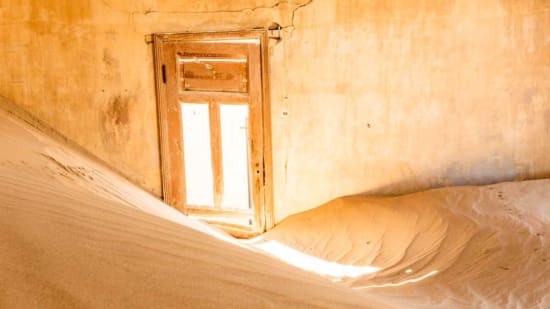
Kolmanskop Ghost Town
Away from the incredible National parks and rolling dunes you’ll find an urban explorers paradise: the eery and abandoned ghost town at Kolmanskop.
The area was once a thriving town built to house the workers of the western Namibian diamond mine. However, when the production of diamonds stopped abruptly in the 1950’s the residents of Kolmanskop abandoned the village and the buildings were partly reclaimed by the arid desert sands.
Although partly covered by the advancing desert, many of the buildings are still incredibly preserved today. Head to Kolmanskop and you’ll be able to capture shots of an abandoned hospital, as well as a number of other captivating structures that are nestled in sand.
Kolmanskop is located close to the coastal city of Lüderitz.
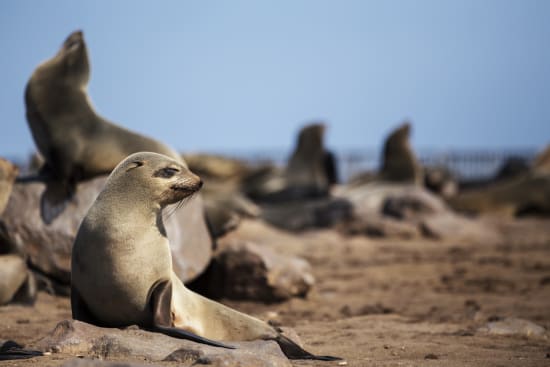
Cape Cross Seal Reserve
Situated just south of Namibia’s famous Skeleton Coast, and around 80 miles north of Swakopmund, lies the largest colony of cape fur seals on the entire planet.
Cape Cross Seal Reserve, with a population of over 200,000 cape fur seals, is a huge favourite with both amateur and professional photographers who are drawn to the challenge of capturing snaps of these incredible pinnipeds devouring their dinners and fighting for potential mates.
For close-up perspectives, you’ll find an elevated boardwalk at the reserve that enables you to come face to face with these incredible semi-aquatic mammals. Alternatively, find yourself a different vantage point at one of the nearby structures and you’ll be able to take some incredible snaps at many different focal lengths.


